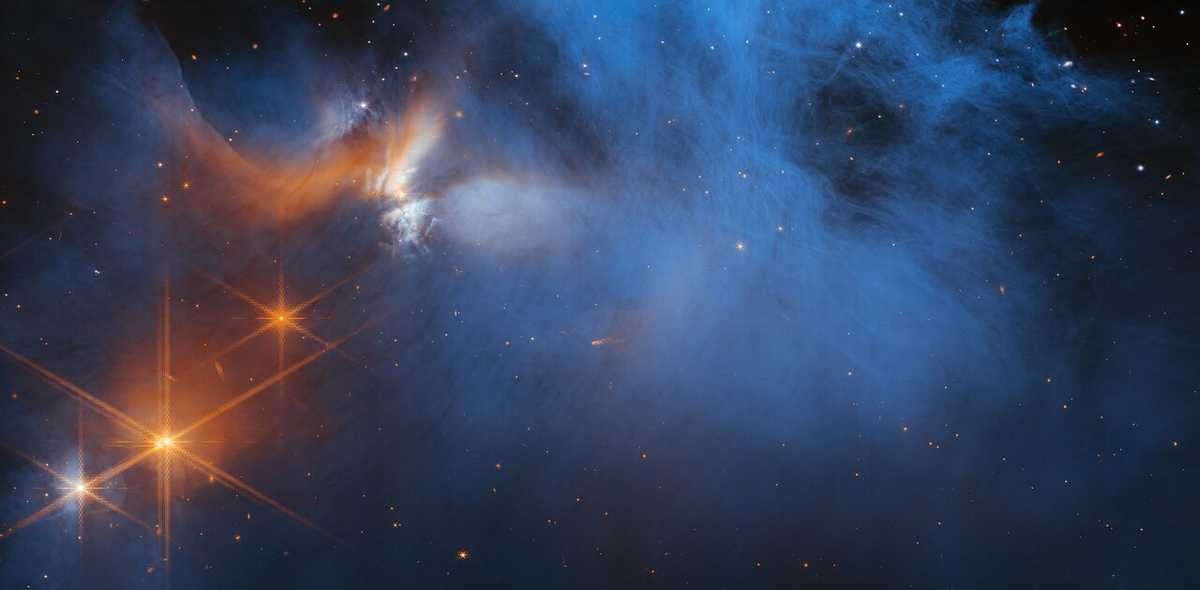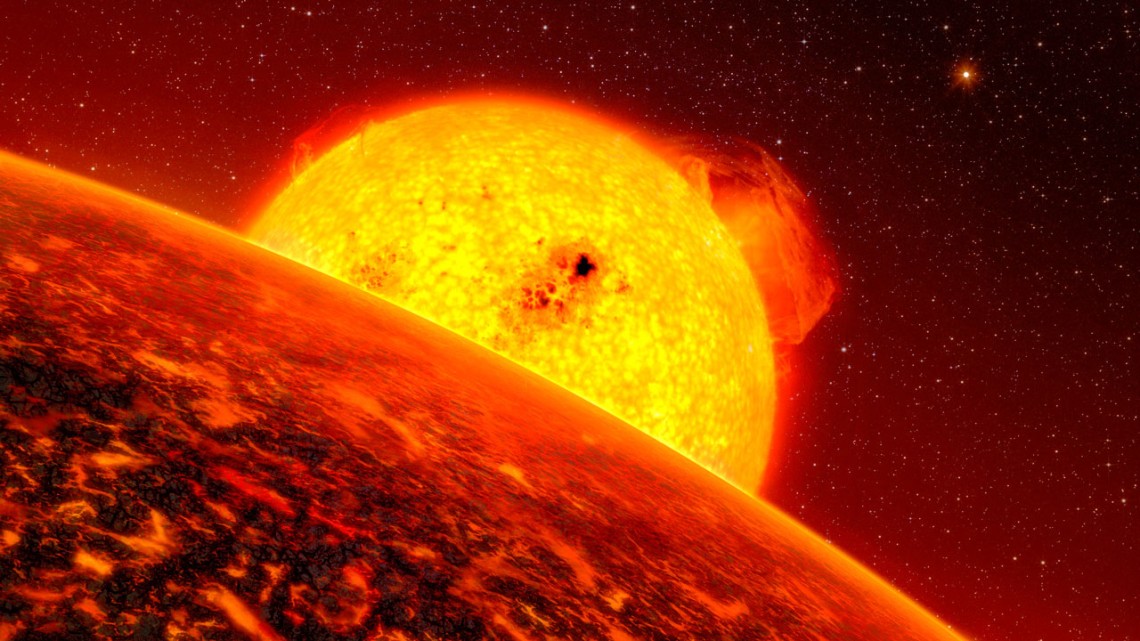
An international team including Southwest Research Institute, Leiden University and NASA used observations from the James Webb Space Telescope (JWST) to achieve the darkest ever view of a dense interstellar cloud...
Read More

An international team including Southwest Research Institute, Leiden University and NASA used observations from the James Webb Space Telescope (JWST) to achieve the darkest ever view of a dense interstellar cloud...
Read More
The exploration era for the new James Webb Space Telescope (JWST) is getting hot—volcanically hot.
A multidisciplinary group of Cornell researchers has modeled and synthesized lava in the laboratory as the kinds of rock that may form on far-away exoplanets. They developed 16 types of surface compositions as a starter catalog for finding volcanic worlds that feature fiery landscapes and oceans of magma.
Their research, “Volcanic Exoplanet Surfaces,” was published in the forthcoming November 2022 edition of Monthly Notices of the Royal Astronomical Society.
“We have synthesized compositions t...
Read More
This image shows the position of the most distant galaxy discovered so far within a deep sky Hubble Space Telescope survey called GOODS North (Great Observatories Origins Deep Survey North). The survey field contains tens of thousands of galaxies stretching far back into time. The remote galaxy GN-z11, shown in the inset, existed only 400 million years after the Big Bang, when the Universe was only 3 percent of its current age. It belongs to the first generation of galaxies in the Universe and its discovery provides new insights into the very early Universe. This is the first time that the distance of an object so far away has been measured from its spectrum, which makes the measurement extremely reliable...

Space telescope Herschel (2009-2013) allowed fascinating insight into the birth of stars. Credit: ESA
The results are important for space missions that have already been planned, such as the James Webb Space Telescope (JWST), for which temps of use < -220 °C are planned, or Space Infrared Telescope for Cosmology and Astrophysics (SPICA), for which even lower temps are envisaged.
Space holds numerous fascinating objects which we can only investigate by observing their radiation. For space telescopes such as ESA infrared observatory Herschel, whose mission is to observe radiation in the far-infrared, cooling the instruments is of importance, since the instruments themselves must not emit disturbing infrared radiation...
Read More
Recent Comments